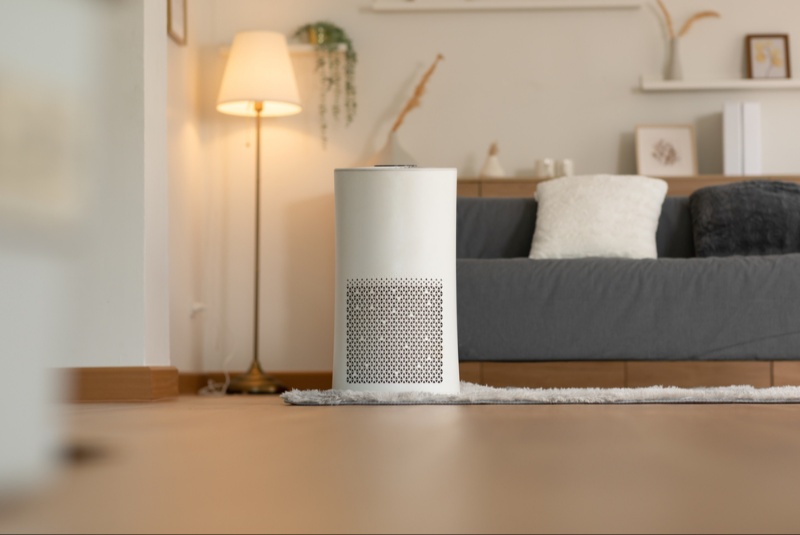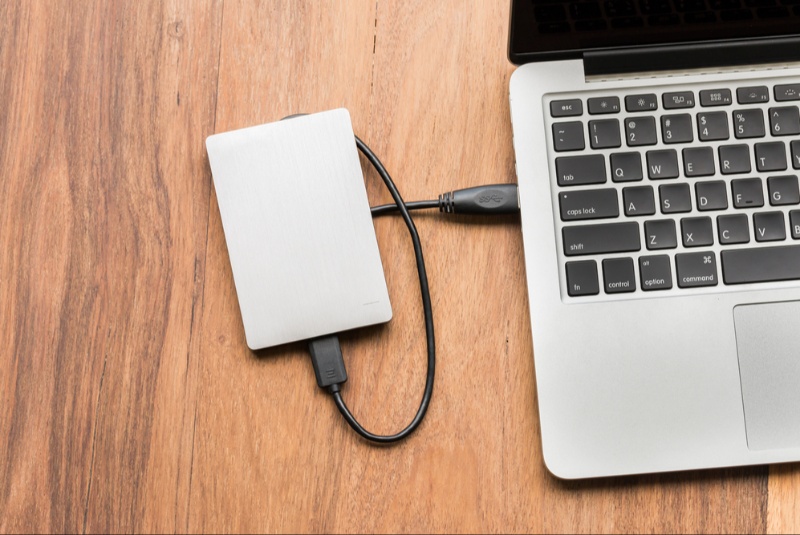Breathing fresh air is not just a simple pleasure, but a fundamental need. With increasing levels of pollution and allergens in our environment, the demand for air purifiers has grown considerably. However, with numerous brands and types available, selecting the right one can be overwhelming. This guide aims to streamline your buying process, ensuring you get the best bang for your buck.
1. Why Do You Need an Air Purifier?
Before you dive into purchasing one, it’s essential to recognize your primary reason for needing an air purifier:
- Allergies: Pollen, pet dander, and mold spores can trigger allergic reactions. If you're allergic, an air purifier can help.
- Asthma or respiratory issues: Certain triggers like smoke, odors, and certain chemicals can exacerbate these conditions. An air purifier can help reduce such triggers.
- Living in a polluted city: If you're residing in an area with poor air quality, an air purifier can be a godsend.
2. Key Features to Look Out For
- Filters: The most effective filters for home use include the High Efficiency Particulate Air (HEPA) filter, which can capture at least 99.97% of particles 0.3 microns in diameter (like dust and pollen). Some purifiers also come with activated carbon filters for removing gases.
- Clean Air Delivery Rate (CADR): Measured in cubic feet per minute (CFM), it tells you how fast the purifier can clean the air in a particular room size. A higher CADR indicates faster cleaning.
- Size and capacity: Ensure the purifier is appropriate for the room size where you plan to use it.
- Noise level: Particularly for bedroom use, you'd want a quieter machine.
- Energy consumption: Look for Energy Star certified models to save on electricity bills.

3. Additional Features That Might Interest You
- Air Quality Sensors: These sensors can adjust the purifier's settings automatically based on the current air quality.
- Filter change indicators: These will notify you when it's time to replace the filters.
- Smart features: Some purifiers can be connected to your smartphone, allowing you to control and monitor them remotely.
4. Beware of Ozone Generators
While marketed as air "purifiers", ozone generators intentionally produce ozone. Inhaling ozone can be harmful to your lungs. Always make sure the air purifier you're considering does not emit ozone.
5. Consider Maintenance Costs
The initial cost of the air purifier isn’t the end. Filters need replacing, and some models may have higher maintenance costs than others. Ensure you're aware of the frequency and cost of filter replacements.
6. Place it Right
After purchasing, the placement of your air purifier can make a significant difference. It’s best positioned in a place where air can circulate freely in, out, and around the unit. Avoid corners and tight spots. If you’re buying it for allergy relief, the bedroom might be the best place since we spend a lot of our time there.
7. Trusted Brands
Like all gadgets, certain brands have made a name for themselves in the world of air purifiers. Dyson, Honeywell, Blueair, and Coway, to name a few, have consistently received positive reviews. But remember, the best brand is one that suits your personal needs and budget.
8. Return Policy
Finally, it's always a good idea to check the return policy before purchasing. Even with all the research, you might find that the purifier doesn’t suit your needs or is louder than you expected. A flexible return policy can save you from being stuck with a device you're not happy with.
Breathing clean air is a boon to your health and well-being. By following this guide, you’re not just buying an appliance; you’re investing in your health. So, take your time, assess your needs, and make an informed decision.




